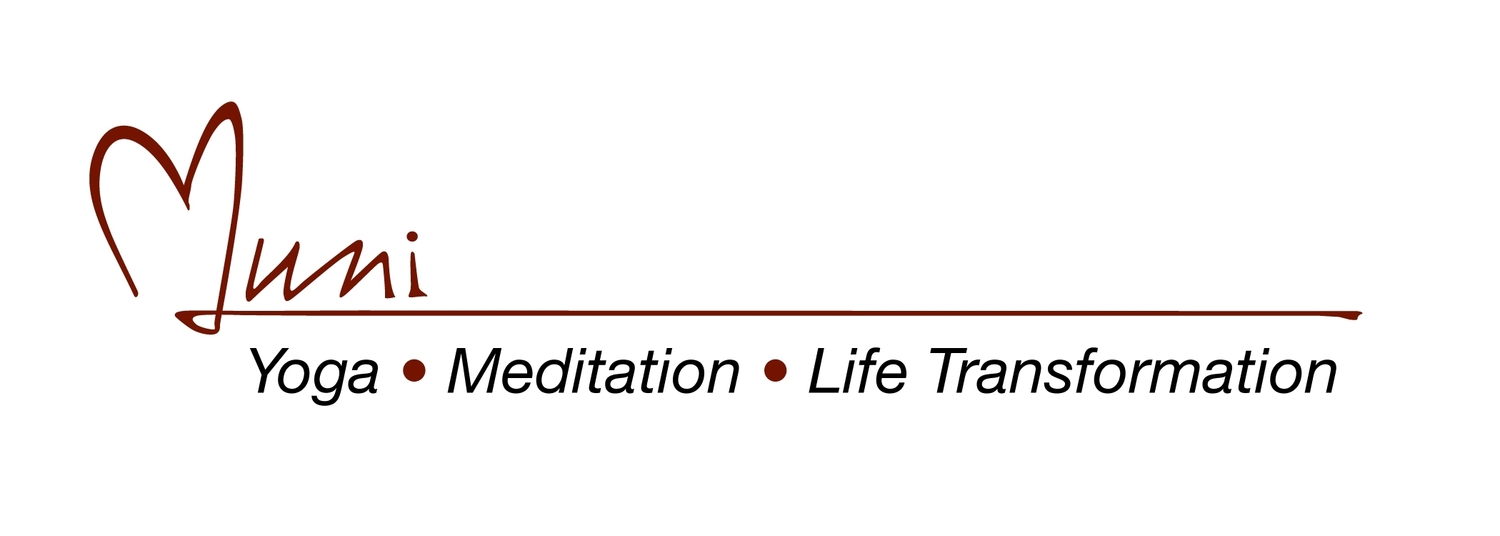Yoga's 3 Perspectives: the outer, the inner and the deeper within.
/My spiritual teacher was intensely practical. He had no use for theory that could not be put to work in personal experience. This made his teachings powerful --- and simple. Here is a little taste of his sort of down-to-earth news you could use. All of our experiences occur from within conscious, subconscious or superconscious states of mind.
We are in a conscious state of mind when we are awake in a physical body and aware in the physical realm. In this most externalized state of consciousness, we are vitalized by gut instinct, memory, emotion and information received from external forms of communication like newspapers, magazines, radio, television, telephone and the Internet. If we are not artistically, philosophically, religiously or mystically inclined, we can live in the misconception that this conscious state of mind is the only reality.
The subconscious state of mind is an internalized and largely unrecognized level of consciousness that works behind the scenes of our life in two ways: 1. It functions like a meticulous recording device to document every detail of every experience we have regardless of that experience’s perceived value. 2. It functions like a psychogenic computer to subliminally process that which it records into either storage or practical application. In practical application, it serves as an unconscious support for our conscious activity.
The superconscious state of mind is a deeply internalized level of consciousness sometimes referred to as “the divinity of the soul.” It is from within this deep state of mind that we experience supreme bliss. And it is from deep within this bliss that we realize the Self beyond time, form and space.
Understanding these three states of mind separately, together and as they relate to our lives, forms a large-scale grid we can use for mapping the movement of our awareness through consciousness. A grid like this is useful because, to effectively navigate from one place to another in the playing out of our desires, we need a ground upon which we can grip “one place” and “another.”
Once we have allowed ourselves to acknowledge that desire—until it plays itself out—is a fact and force of life, and we have become smart enough to work with that desire rather than against it, we can learn to harness, aim and use its formidable power in a positive way to achieve worthy goals in accordance with a deepening understanding of the conscious, subconscious or superconscious states of mind.
A word of encouragement here. Intuition is always on our side. If it can get through, intuition will unfailingly help us in any way it can. But it needs an empty space to fill—like pouring water needs an empty cup to catch it. In our case here, that empty space exists between a clear perception of where we are and where we want to be.

